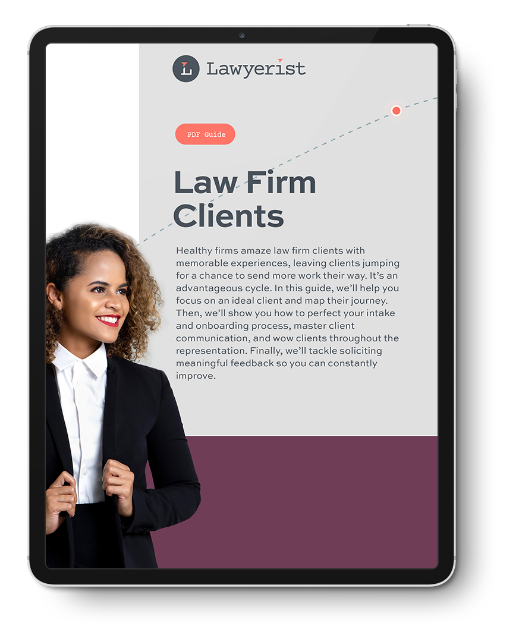Home » Law Firm Clients » Understanding Your Law Firm’s Ideal Client’s Journey
Legal product reviews and business guidance from industry experts.
Chapter 2/6
Understanding Your Law Firm’s Ideal Client’s Journey
Law Firm Clients
3 min read

Download the Full Guide
Guides Parent Form
Already an Insider? Log in to your account to receive your e-book!